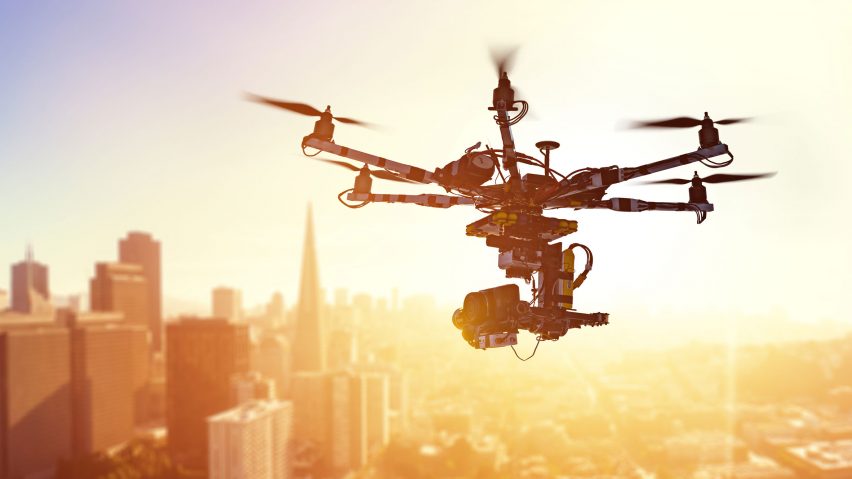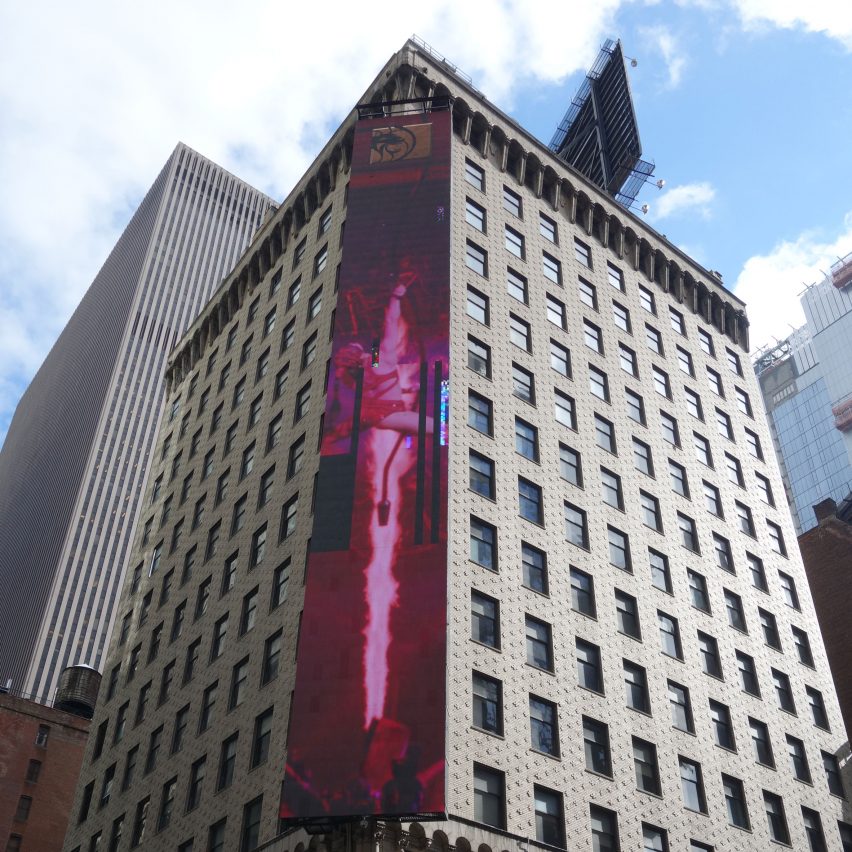
New York officials propose using drones to inspect buildings
New York City officials are pushing to legalise the use of drones for facade inspections after an architect was reportedly killed by falling debris from a building in the city.
Brooklyn Borough president Eric Adams announced the proposal on 22 December 2019, just days after architect Erica Tishman was killed by debris that reportedly fell from a building in Manhattan.
While it is currently illegal to fly a drone in most of the city, the proposed bill would allow the technology as a means to speed up the inspection of buildings and improve the safety of people in the city.
Drone inspection could save lives
"The death of Erica Tishman tells us that we must move our technology and embrace technology to find a safer way to inspect buildings," Adams said. "Using drones would take us to a new height in carrying out that inspection."
"It is not a toy, it is a tool," he added. "These tools will save millions of dollars, save time, but most importantly it could actually save lives."

The legislation was first proposed by Brooklyn City Councilmember Justin Brannan, who described Tishamn's death as a "completely avoidable tragedy" during the announcement.
He said the introduction of the drones is a necessary move to speed up the process of building inspections.
"City needs to embrace drone technology"
"The day after Erica was tragically killed, it was reported that the Buildings Department is scrambling to conduct 1300 facade complaints," said Brannan.
"If this about lack of manpower or lack of resources, then we need to get creative. The city needs to embrace drone technology."
Under the proposed legislation, an inspection would be completed by an unmanned aerial vehicle within 48 hours of a 311 complaint – the mechanism by which the public are able to report a building or construction as unsafe online or via telephone – or a violation of a Department of Buildings code.
The New York City Housing Authority (NYCHA) would also be able to use drones for the initial inspection of their buildings' facades and rooftops.
New York City spends approximately $30 million a year on sheds
The intention is that drones could provide a much more efficient alternative to the current procedure, which typically requires the installation of scaffolding and the use of construction lift vehicles.
Adams said that at the time of Tishman's death, there were 9,217 active sidewalk sheds coving over 1.7 million linear feet for an average of 360 days. He added that the city spends approximately $30 million (£22.8 million) a year on the sheds.
The bill would be a considerable change to New York City law, which currently forbids or makes it largely impossible to maintain a permit to fly drones across its five boroughs. There are a few designated areas in Flushing Meadows Corona Park and Forest Park in Queens; Marine Park and Calvert Vaux Park; and La Tourette Park on Staten Island.
Integrating drones into cities is controversial
The integration of drones and flying vehicles into cities is a controversial topic that Dezeen explored in its documentary Elevation.
Uber Air Skyports with drone taxi fleets, drone-equipped hospitals that could be resilient to disasters and an Amazon delivery service are among the proposals for the future.
However, a number of incidents in recent years have showcased the more dangerous side to drones, including a drone strike on a Saudi oil facility, which designer Clemens Weisshaar said demonstrated the destructive potential of autonomous weapons.
In December 2018, a suspected drone incident led to the closure of Gatwick Airport in England, while the following month, drone sightings shut down operations at Heathrow, the world's second busiest airport.
Photograph is courtesy of Shutterstock.